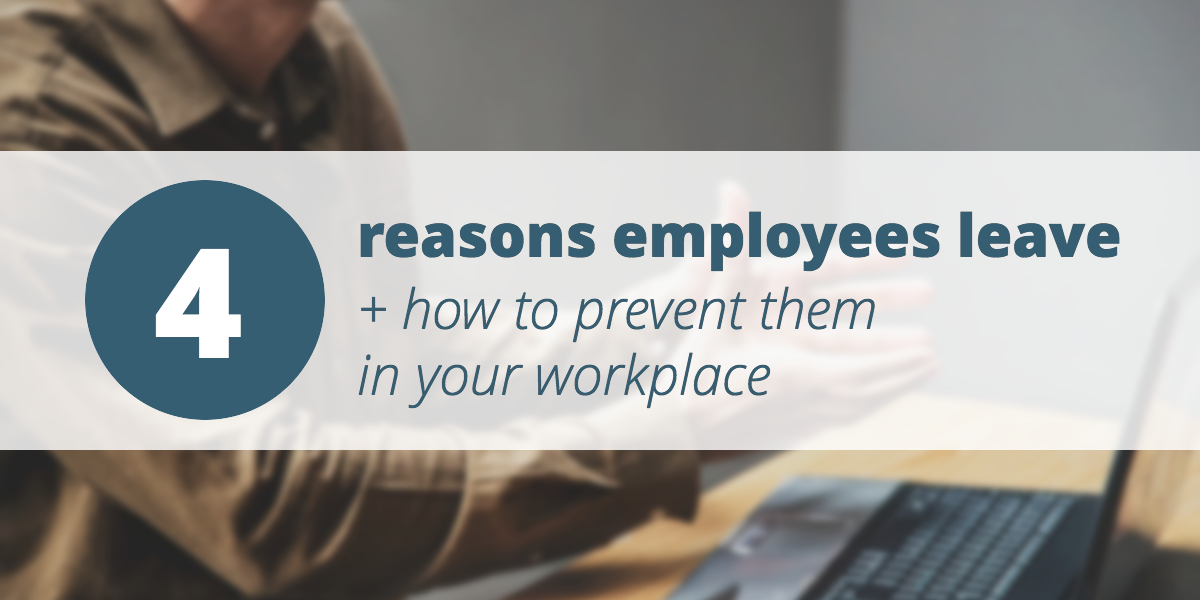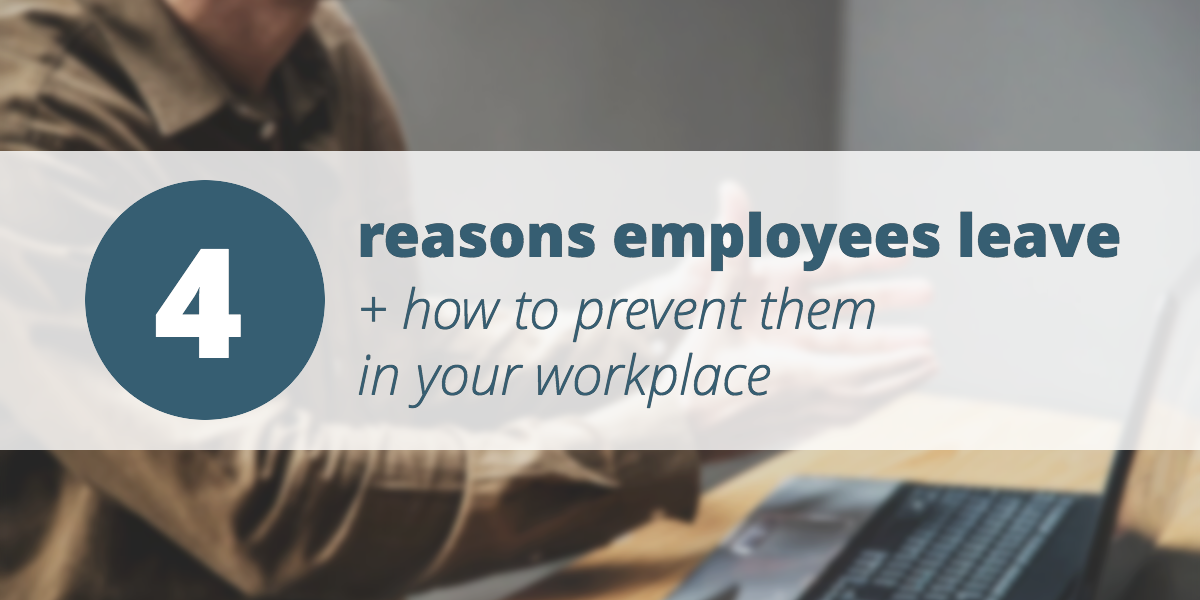
As most HR managers can attest, employee turnover is pricey. In addition to the cost of lost productivity, finding the best candidates to fill vacant roles can be time-consuming, frustrating, and expensive. Once you’ve found the right person, getting them onboarded, trained, and up to full productivity takes even more time.
All told, according to a SHRM study, the cost of replacing a former employee is somewhere between 90-200% of their annual salary— and that’s just what can be calculated. The cost of the lost expertise and experience that walks out the door is impossible to estimate.
Because this process is so frustrating and expensive, the less often you have to do it, the better. Unfortunately, all it takes is one or two really strong, well-liked employees leaving to set off a chain reaction that ends in a mass exodus, leaving you focused on backfilling for months at a time.
That’s why it’s important to identify your best and brightest, and do whatever it takes to keep them happy and engaged with their work. It’s also helpful to be aware of some common reasons employees get frustrated with their employers (and potentially leave) so that you can prevent these things from happening in your workplace.
While each person who quits their job has their own unique combination of factors at play, here are four regularly-cited frustrations that make employees want to leave, and what you can do to stop them from pushing your best employees out the door.
A poor relationship with their manager
There’s a common saying about the workplace: “employees don’t leave their companies, they leave their managers.” Research supports this assumption: according to 2018 Randstad study about employee turnover, 60% of respondents had left jobs, or considered leaving, when they didn't like their direct supervisors.
It’s not enough for managers and supervisors to be skilled at getting results out of the people who report to them; they have to be good at building a positive rapport as well. When evaluating a manager’s performance, make sure you consider what their reports say about them, and take action where necessary. This may mean providing additional management coaching, or it may mean letting go of managers who don’t bring out the best in their teams. To keep your best employees happy in their jobs, it’s important to do what it takes to make sure they have positive relationships with their supervisors.
No clear path forward
The same commitment to excellence that makes your best employees good at their jobs is also what makes them likely to leave if they don’t see a bright future in your company. In the Randstad survey cited above, 57% of respondents said that their current companies did not offer growth opportunities that would make them want to stay on long-term, and that they’d need to move to another company to advance in their careers.
Failure to nurture your best employees and show them a path forward within your company creates a talent drain, leaving you constantly trying to hire for the same roles. That’s why it’s a good idea for HR managers or supervisors to have regular conversations with each employee to talk about career plans. Introducing a simple career mapping exercise as part of quarterly reviews is a great place to start.
Good work isn’t valued
Employees who don’t feel recognized when they’ve achieved successes at work are far more likely to head for the door. According to employee retention research from TinyPulse, almost 22% of workers who don’t feel recognized when they do great work are actively looking for a new opportunity and have interviewed for another job in the past three months.
This is a big problem, but fortunately, the solution is absolutely free. Employees don’t generally expect some kind of lavish display; they simply want to have their good work mentioned and to be congratulated for it. If regular recognition isn’t already built into the culture of your company, have a discussion with your leadership and find ways to start incorporating it into team meetings or weekly email communication.
The job doesn’t promote work-life balance
For millennials and Gen Z, work-life balance has been a driving concern from the beginning of their careers, but it’s increasingly becoming an issue for aging boomers as well. Employees like to feel that they have the flexibility and autonomy to be able to handle personal matters when necessary during the traditional workday.
Additionally, time spent commuting to work often feels like a waste; if your employees can get their work done at home or at a coffee shop nearby, being required to drive into the office may seem arbitrary. Because so many companies now offer the option to work remotely, employees who find in-office arrangements frustrating know that they can find greener pastures easily.
This is hardly a niche issue; according to the Randstad study, 36% of respondents are considering leaving their current jobs because they don’t have the ability to work remotely. If your company is one of the stragglers that still requires each employee to commute into the office every day, it may be time to evaluate whether that’s really necessary. While company leaders may still prefer staff to be physically present most of the time, implementing one or two days a week with flexible schedules or remote work can serve as a good compromise.
Be proactive
The odds are good that your workplace has experienced the sting of valuable employees leaving for any combination of the reasons named above (or for others). If any of those complaints sounded familiar, now is the time to take action to prevent them from causing further stress. With the market for skilled talent becoming more and more competitive, smart employers will take stock and do whatever it takes to keep their best and brightest satisfied.
Learn how to build a flexible, retention-driven and productive workplace environment with our new guide, Exceeding Employee Expectations. Get your copy here.
